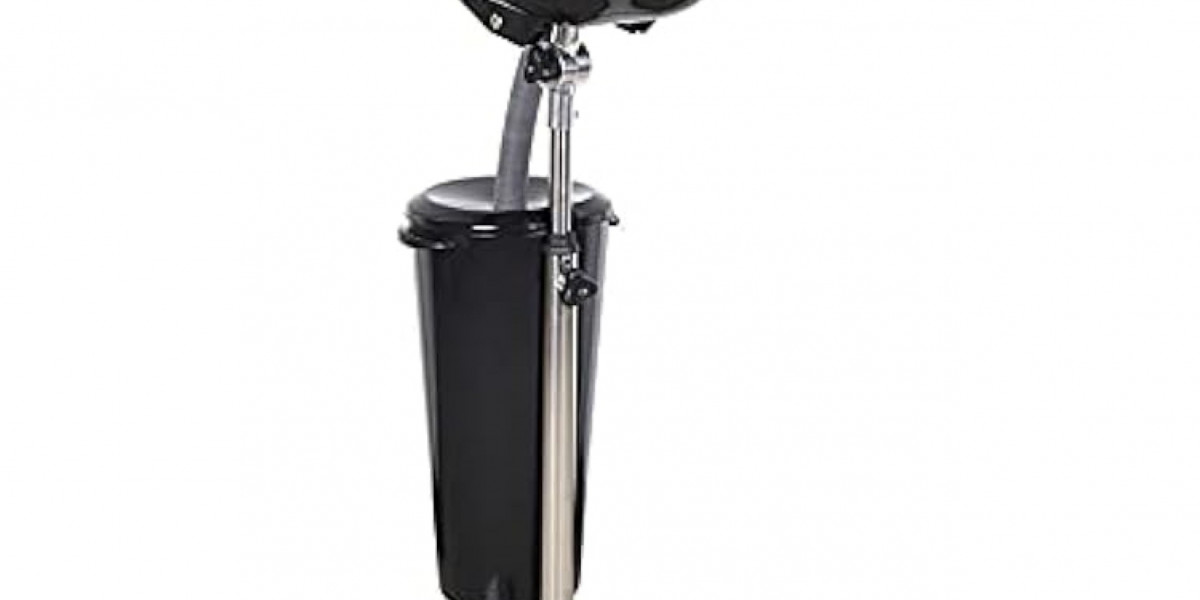Adolescence is a critical stage of growth filled with emotional, social, and cognitive development. However, for many young people, this period can also be marked by turmoil, poor decision-making, and behavioral struggles. When these challenges escalate beyond what families can manage at home, a treatment facility for troubled youth can provide the structured, supportive environment necessary for recovery and transformation. These facilities are designed to help adolescents address emotional, behavioral, and psychological issues while guiding them toward healthier, more fulfilling lives.
Understanding Troubled Youth
The term “troubled youth” generally refers to adolescents who exhibit consistent behavioral, emotional, or social problems that interfere with their relationships, academic performance, and overall well-being. These behaviors can stem from a variety of underlying issues such as trauma, family conflict, substance abuse, mental health disorders, or social pressures.
Common signs that a teenager may need help from a treatment facility include:
- Persistent defiance or aggression
- Academic failure or truancy
- Substance abuse or experimentation
- Self-harm or suicidal ideation
- Withdrawal from family and friends
- Depression, anxiety, or mood instability
- Involvement in risky or illegal behavior
While these symptoms can be alarming, it’s important for parents and guardians to remember that with proper intervention, most troubled youth can overcome their struggles and lead successful, meaningful lives.
The Role of a Treatment Facility for Troubled Youth
A treatment facility for troubled youth provides a safe and therapeutic setting where adolescents receive individualized care from mental health professionals. These facilities go beyond simple behavioral correction; they focus on identifying the root causes of distress and helping teens develop coping strategies, emotional regulation skills, and a renewed sense of purpose.
The primary goals of such facilities include:
- Stabilizing emotional and behavioral health
- Teaching accountability and self-awareness
- Encouraging positive communication and relationships
- Promoting academic achievement
- Guiding personal growth and self-confidence
- Preparing youth for a successful reintegration into family and society
Types of Treatment Facilities for Troubled Youth
There are several types of treatment programs available, each tailored to the specific needs and severity of the adolescent’s situation.
1. Residential Treatment Centers (RTCs)
Residential treatment centers provide 24-hour care in a structured, supportive environment. Teens live on-site for a period of time, typically 30 to 90 days or longer, depending on their needs. These centers combine therapy, education, and life-skills training to help youth heal emotionally and develop healthier behavioral patterns.
2. Therapeutic Boarding Schools
Therapeutic boarding schools blend academics with therapy. They are ideal for teens who need a longer-term program that supports both their educational and emotional needs. These schools provide a balance of discipline, therapy, and extracurricular activities to promote responsibility, growth, and personal development.
3. Wilderness and Adventure Therapy Programs
Wilderness therapy takes adolescents out of their familiar environments and into nature, where they learn teamwork, resilience, and accountability. Through hiking, camping, and survival skills, teens gain a deeper understanding of themselves and their capabilities.
4. Day Treatment and Intensive Outpatient Programs (IOPs)
These programs allow teens to attend treatment during the day and return home at night. They are ideal for adolescents who need intensive support but are stable enough to live at home.
Therapeutic Approaches Used in Youth Treatment Facilities
Effective treatment centers use a combination of evidence-based and holistic therapies designed to address both the symptoms and underlying causes of behavioral issues. Some of the most common approaches include:
- Cognitive Behavioral Therapy (CBT): Helps teens identify and modify negative thoughts and behaviors.
- Dialectical Behavior Therapy (DBT): Teaches mindfulness, distress tolerance, and emotional regulation.
- Family Therapy: Focuses on improving communication, resolving conflicts, and strengthening family bonds.
- Group Therapy: Provides a safe environment for teens to share experiences and learn from peers.
- Experiential Therapy: Incorporates creative and physical activities such as art, music, or equine therapy to promote self-expression and confidence.
- Trauma-Informed Care: Addresses past trauma and helps teens process and heal from painful experiences safely.
Many facilities also integrate mindfulness, yoga, meditation, and fitness programs to promote overall wellness.
Academic Support and Life Skills Development
A distinguishing feature of many treatment facilities for troubled youth is the inclusion of academic support and life-skills training. These centers recognize that educational success plays a vital role in self-esteem and long-term stability. Certified teachers and tutors help students continue their education, ensuring that they don’t fall behind academically while receiving treatment.
In addition to academics, teens often participate in life-skills training, learning responsibility, time management, financial literacy, and healthy communication. These practical skills equip them to handle real-world challenges confidently after leaving treatment.
Family Involvement: A Cornerstone of Recovery
No teen exists in isolation. Family relationships profoundly influence an adolescent’s emotional and behavioral development. That’s why family participation is a core element of most youth treatment programs.
Parents and guardians are encouraged to engage in family therapy sessions, workshops, and educational programs to learn how to support their child effectively. This process helps families rebuild trust, improve communication, and establish a more stable home environment conducive to long-term success.
The Healing Environment
A major component of any successful treatment program is its environment. The best facilities create a space that feels safe, structured, and nurturing. Comfortable accommodations, outdoor recreation areas, and supportive staff contribute to an atmosphere of trust and healing.
By removing the teen from stressful environments and negative influences, treatment facilities allow them to focus fully on personal growth and recovery.
Preparing for Life After Treatment
Sustainable recovery depends on continued support after the program ends. Quality facilities develop aftercare plans that include outpatient therapy, mentoring, support groups, and ongoing family involvement. This helps teens maintain the progress they’ve made, manage triggers, and apply the skills they’ve learned in real-world settings.
Aftercare also reinforces accountability, providing teens with a network of encouragement as they transition back into school, family life, and their communities.
Choosing the Right Treatment Facility for Troubled Youth
Selecting the right program is one of the most important decisions a family can make. Key factors to consider include:
- Accreditation and professional licensing
- Experienced and qualified staff
- Comprehensive assessment and individualized treatment plans
- Family involvement and aftercare programs
- Safe and supportive environment
- Positive reviews and success stories
Visiting the facility, speaking with staff, and understanding its therapeutic philosophy can help families make an informed choice.
A Path Toward Renewal
A treatment facility for troubled youth offers more than just therapy it offers a chance for transformation. Through compassionate care, structured guidance, and evidence-based therapy, these programs help adolescents rediscover their strengths, repair relationships, and build a foundation for a healthier future.
Every young person deserves the opportunity to heal, grow, and thrive. With the right support, even the most troubled teen can turn their life around, replacing confusion and chaos with clarity, purpose, and hope.








